Some of the best credit cards for young adults include the top student cards as well as a few low interest and no fee card optoins. Sure, these cards won’t have the supercharged earn rates of premium cards, but they’re a convenient and valuable way to start building credit.
The right credit card can also help you get used to using a card, sticking to a budget, and making regular payments.
The guide that follows suggest several credit cards for young adults to consider, points out the differences between low and no fee cards, explains how to use your first credit card responsibility, and more.
Key Takeaways
- The best first credit card for young adults usually have a low rate of return in exchange for no or low annual fees.
- Most cards have basic insurance coverage for purchases, but lack travel insurance coverage.
- Choose a first credit card based on your unique financial needs.
Never miss an amazing deal again + get our bonus 250+ page eBook for FREE. Join 50,000 other Canadians who receive our weekly newsletter – learn more.
Summary of the best first credit cards for young adults
Although the best credit cards for first-time cardholders have some common traits, there are differences that set these cards apart based on what you’re looking for. For instance, no fee cards are useful for people on a budget while student cards are tailored to those attending school.
Here's a summary of our top picks for low annual fee credit cards.
| Credit Card | Welcome Bonus | Annual Fee, Income Requirements | Pros | Cons | Apply Now |
|---|---|---|---|---|---|
| CIBC Aventura Visa Card for Students | Up to 10,000 bonus points (terms) | * $0 * None | * Earn 1 point per $1 spent on travel purchases * Earn up to 10,000 Aventura points * Free SPC membership * Save up to 7 cents per litre at Journie Rewards gas stations | * Limited insurance included * Low base earn rate of 1 point per $2 spent | Apply Now |
| Rogers Red World Elite Mastercard | None | * $0 * $80,000 personal or $150,000 household per year | * Earn 3% unlimited cash back on all eligible purchases made in U.S. dollar purchases * Increased earn rates for Rogers, Fido, and Shaw customers | * High income requirements | Apply Now |
| American Express Cobalt Card |  $100 GeniusCash + Up to 15,000 bonus points (terms) $100 GeniusCash + Up to 15,000 bonus points (terms) | * $191.88 * None | * Get up to 15,000 welcome bonus points * Earn up to 5 points per $1 spent on purchases * 4 ways to redeem points for high value. | * Lower acceptance as an American Express | Apply Now |
| Wealthsimple Prepaid Mastercard | None | * $0 * None | * Earn 1% back on all purchases * Earn 1.75%–2.75% interest on your account balance * No foreign exchange fees | * No insurance included | Apply Now |
| RBC ION Visa |  $60 GeniusCash + 7,000 Avion points (terms) $60 GeniusCash + 7,000 Avion points (terms) | * $0 * None | * 11,000 Avion points on approval * Earn up to 1.5 points per $1 spent on purchases * Save 3 cents per litre on fuel at Petro-Canada stations | * Qualifies you for the Avion Premium membership level, which is not as flexible as the Elite level * Limited insurance included | Apply Now |
A closer look at the best young adult credit cards
Here's the overview of which card is best for what purpose.
Best student card: CIBC Aventura Visa for Students
Rewards:
- 1 point per $1 spent on travel purchased through the CIBC Rewards Centre
- 1 point per $1 spent on eligible gas, groceries, EV charging, and drugstores, up to $6,000 spent annually
- 1 point per $2 spent on all other purchases
Why we love it: The CIBC Aventura Visa for students starts you off with a generous welcome bonus – 10,000 Aventura points (worth an estimated $229). You’ll also get free a Student Price Card (SPC) membership (worth $12) that gives you access to over 450 discounts. Plus, there’s no annual fee, so all of those Aventura points you earn can be redeemed directly for statement credits, gift cards, merchandise, travel, charity, or CIBC financial products.
Be aware of: We should point out that just because you have a lot of redemption options doesn’t mean they’re all equally valuable. In fact, all redemption options outside of flights using the Aventura rewards program have a low value. Unfortunately, it can take time to earn enough points to earn one of these free reward flights.
Best no fee: Rogers Red World Elite Mastercard
Rewards:
- Earn 2% unlimited cash back on all eligible non-U.S. dollar purchases if you have 1 qualifying service with Rogers, Fido, Comwave, or Shaw
- Earn 1.5% unlimited cash back on eligible non-U.S. dollar purchases
- Earn 3% unlimited cash back on all eligible purchases made in U.S. dollars
Why we love it: We realize that four of the cards on our list are no fee cards, but the Rogers Red World Elite Mastercard stands out for the fact that it earns excellent rewards (and can be used at Costco). You’ll earn 2% unlimited cash back on non-USD purchases if you have a Rogers, Fido, or Shaw service.
Even better, this card includes World Elite Mastercard benefits, comes with 6 types of insurance coverage, and gives you your cash back on demand. No waiting for your card’s anniversary.
Be aware of: The biggest issue we have with this card is that it’s out of reach for many Canadians, since it requires $80,000 in personal or $150,000 household income per year.
Best low fee: American Express Cobalt
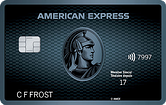
Rewards:
- 5 points per $1 spent on eligible groceries and restaurants (up to $2,500 spent per month)
- 3 points per $1 spent on eligible streaming services
- 2 points per $1 spent on eligible gas, transit, and ride share purchases
- 1 point per $1 spent on foreign currency purchases
- 1 point per $1 spent on all other purchases
Why we love it: The only card on our list to charge an annual fee is the American Express Cobalt Card. While the fee might not be as low as some other options, it’s charged monthly instead of annually, making it easier to budget around.
We believe this fee is worth it, considering you get Amex Membership Rewards, a large welcome bonus (worth $300), American Express benefits, and 10 types of insurance.
Be aware of: American Express cards are known for their great perks and rewards. The network makes up for these by charging higher transaction fees, so some merchants might not accept Amex credit cards.
Best prepaid option: Wealthsimple Prepaid Mastercard
Rewards:
- None
Why we love it: Prepaid cards are a great way to stick to a budget and the Wealthsimple Prepaid Mastercard is one of the best options. This card charges no fees and waives foreign transaction fees (saving you 2.5% on each foreign purchase). Plus, you’ll earn high interest rates on the balance you keep on the card. Think of it like a supercharged savings account.
Be aware of: This card doesn’t include any insurance coverage or perks.
Best for streaming and gaming: RBC Ion Visa
Rewards:
- 1.5 points per $1 spent on groceries, daily transit, rideshares, EV charging, streaming, digital gaming, and subscriptions1
- 1 point per $1 spent on all other purchases
Why we love it: If a large chunk of your budget goes toward gaming and streaming services, you’ll want to check out the RBC Ion Visa. It offers 1.5% back per $1 on streaming, digital gaming, and subscription services, along with everyday purchases like groceries, transit, rideshares, and EV charging.
Be aware of: There’s no way to sugarcoat this card’s disappointing insurance coverage. You’ll only get the most basic purchase protection and extended warranty coverage.
Comparing the best credit cards for young adults
When considering a credit card, it can help to compare them according to a few key factors.
Earn rates
The earn rate is how much you can expect to earn from the card with regular use. Here's the average earn rate you can expect to see from each card, based on a typical $2,000 monthly spend:

It's no surprise the Cobalt is far ahead of the others, since it's the #1 card in Canada and has a higher annual fee. But with these cards (excluding the RBC Ion Visa), you're earning at least 1% on your purchases.
Income requirements
Next, compare the income you need to qualify for these cards.

For four of these cards, you won't have to worry about your income. Unfortunately, the Rogers World Elite Mastercard has a steep income requirement of $80,000 personal or $150,000 household income per year.
Annual fees
Finally, compare the annual fees. Here's what you'll need to pay to keep these cards in your wallet:

Outside of the Cobalt card, you're looking at cards with no annual fee, while still earning decent rewards and getting some top-notch perks.
The good thing about the Cobalt is that the fee is charged out monthly instead of annually, so if you don't think you're making the most of the card, you can cancel it earlier and save some money.
Low fee vs. no fee credit cards
Why think about getting a credit card with a low annual fee? Wouldn't it be better to just go with a no fee card if you’re concerned about the fee, or a premium card if you want more rewards?
In reality, low fee credit cards offer a good middle ground, which makes them good starter cards.
First, the income requirements and annual fees are often much lower than their premium counterparts, making them easier to qualify for and keep in your budget.
Second, these cards also have better earn rates than what a no fee card would provide. If you spend enough, you're likely to offset the annual fee just based on those rewards.
Evaluate how much you might earn from the card and see if it offsets the annual fee before you apply.
Want to see more credit cards for young adults? Here's our guide to the best low income credit cards in Canada.

How to use your first credit card
First time getting a credit card? Here are a few things you'll want to know. Once you’ve found a card you want, just use our secure links to apply for the card of your choice (we list
The application is mostly basic things, like:
- Contact information
- Address
- Income information
- Employment details
- Security details to verify your identity
After you submit the application, you'll be approved (assuming the bank offers instant approval). If you're not approved, you'll be told to contact the bank – they may say this right away or in a letter in the mail.
If the bank doesn't offer instant approval, you won't know anything until you receive a response in the mail.
Once you get your card, activate it online, on a mobile app, or over the phone. Then, you’re ready to break in your new credit card!
FAQ
Which credit card is best in Canada for young adults?
The best credit card is one that reflects your spending habits. For example, if you love gaming, you might choose a card that gives better rewards for digital subscriptions and streaming services.
What's the best credit card to get for a first time user?
There’s not a specific best card for a new cardholder. Instead, the best card is the one that meets your needs. For instance, choose one with no or low annual fee that has the perks and rewards you want.
Is it smart to apply for a credit card at 18?
If you use the card responsibly – spending within your means and paying off your balance regularly – getting a card at 18 can be a wise move since you can build a solid credit score that will benefit you down the road.
Why do I need a credit card?
You don’t have to have a credit card, but it can make it easier to purchase things in person and online. Plus, if you use it responsibly, you’ll build a solid credit score that can earn you better loan terms.
creditcardGenius is the only tool that compares 126+ features of 231 Canadian credit cards using math-based ratings and rankings that respond to your needs, instantly. Take our quiz and see which of Canada's 231 cards is for you.



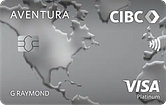



 ×8 Award winner
×8 Award winner 
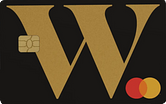

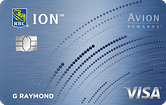



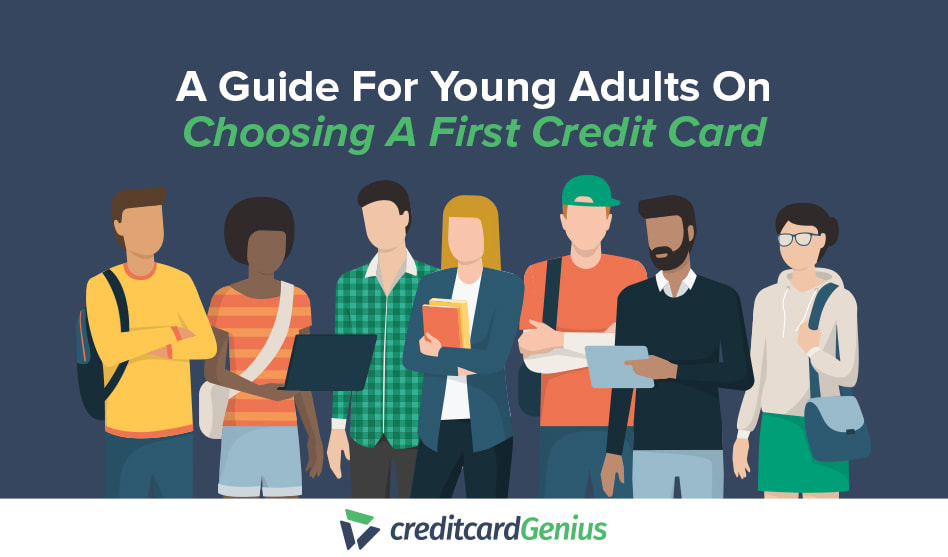



 GC:
GC: 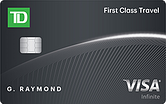
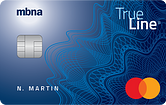
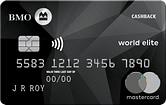
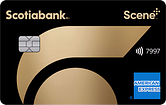
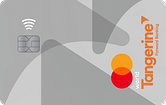
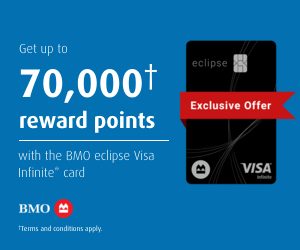
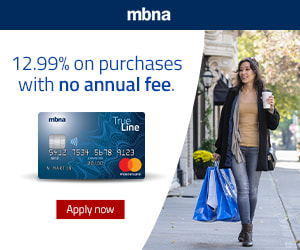
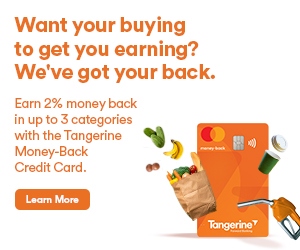




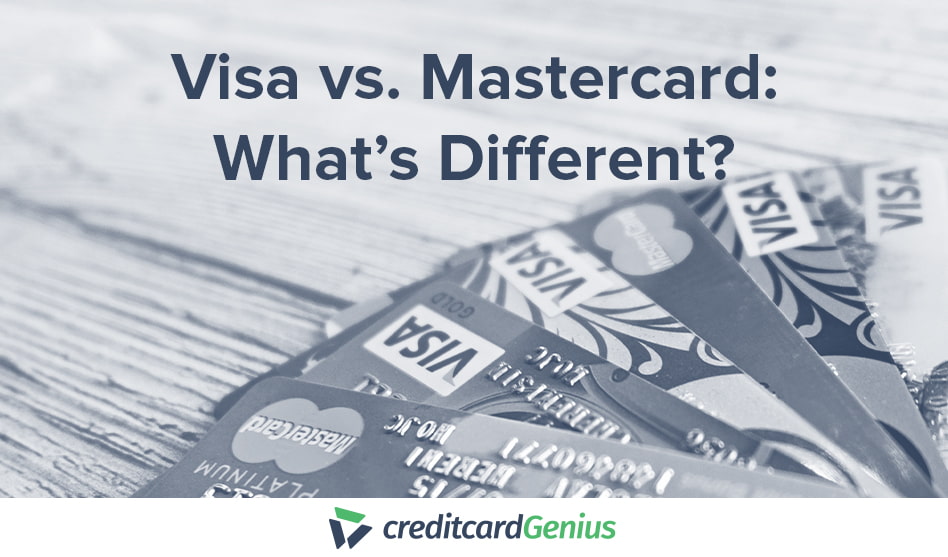

.png)




















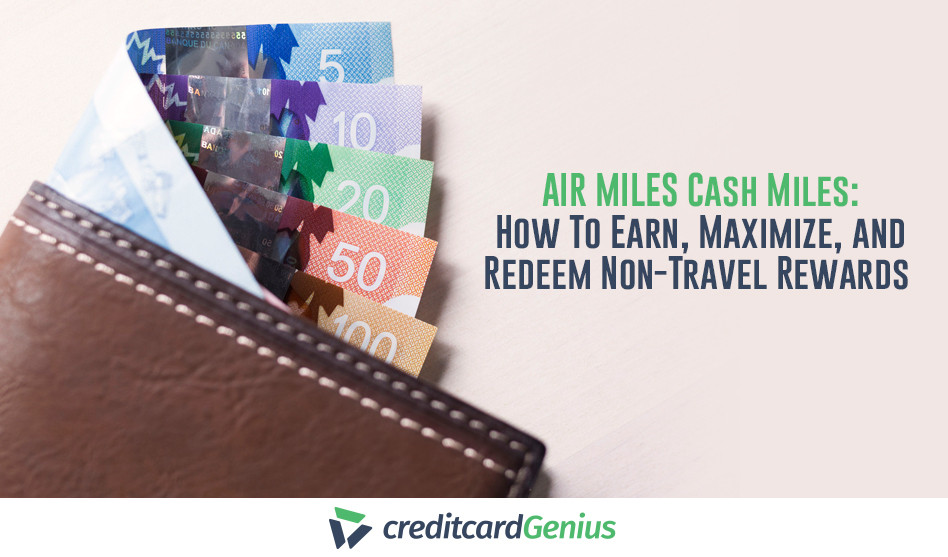
Comments
Leave a comment
Required fields are marked with *. Your email address will not be published.